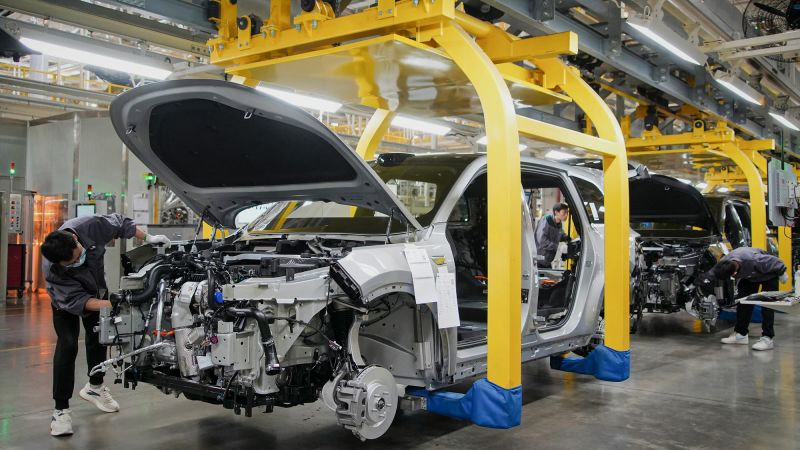The International Energy Agency (IEA) projects that global electric vehicle (EV) sales will increase by more than 20% to reach 17 million in the current year, with China leading the way in driving this growth. The IEA anticipates that half of all cars sold globally will be electric by 2035, provided that charging infrastructure keeps pace. Despite recent reports of declining EV sales, the IEA’s data indicates a robust increase in global electric car sales, driven not just by China but also by rising demand in the European Union.
While the long-term outlook for EVs is positive, EV makers are facing challenges such as slim profit margins due to price wars amid growing competition. Tesla, the world’s largest battery EV maker, recently reduced prices in major markets to counter declining sales and to compete with Chinese upstarts and established carmakers. Other players, like Chinese EV maker Li Auto, have also slashed prices in response to market pressures. Despite these challenges, the IEA emphasizes that automakers play a crucial role in driving the transition to EVs and that affordability will be a key factor in increasing uptake globally.
China has emerged as a leader in electric car manufacturing, with Chinese carmakers accounting for more than half of global electric car sales in 2023 despite making up only 10% of the conventional car market. The significant growth in EV sales in China has raised concerns about competition and market dynamics, prompting investigations into China’s state support for EV makers by the European Union. The shift towards electric vehicles in China is expected to have major ramifications for both the auto industry and the energy sector, with the IEA forecasting that almost one in three cars on Chinese roads will be electric by 2030.
In addition to affordability, another barrier to mass adoption of electric cars is the lack of public charging infrastructure in regions like Europe and the United States. The IEA projects that the number of public EV charging points worldwide will increase significantly by the end of the decade to support the growing demand for electric vehicles. Improvements in battery technology and intensifying market competition are expected to drive down EV prices in the coming years, making electric cars more accessible to consumers. As the electrification of the transport sector accelerates, global oil demand is forecasted to peak in 2030, signaling a shift towards cleaner energy sources.
Despite the challenges faced by EV makers and the need for infrastructure development, the global EV revolution appears to be on track for continued growth. The IEA’s optimistic outlook for electric vehicles underscores the transformative impact that EVs are poised to have on the auto industry and the energy sector. With increasing government support, technological advancements, and market competition, the adoption of electric vehicles is expected to gain momentum in the coming years, reshaping the global automotive landscape.


